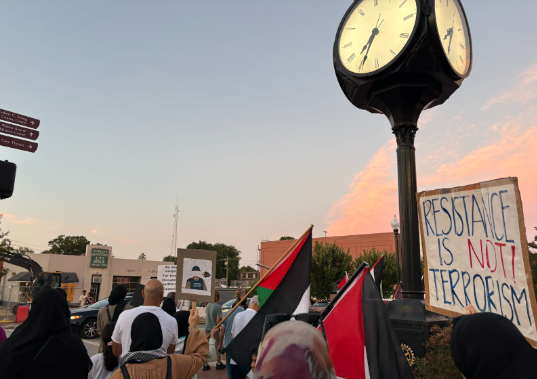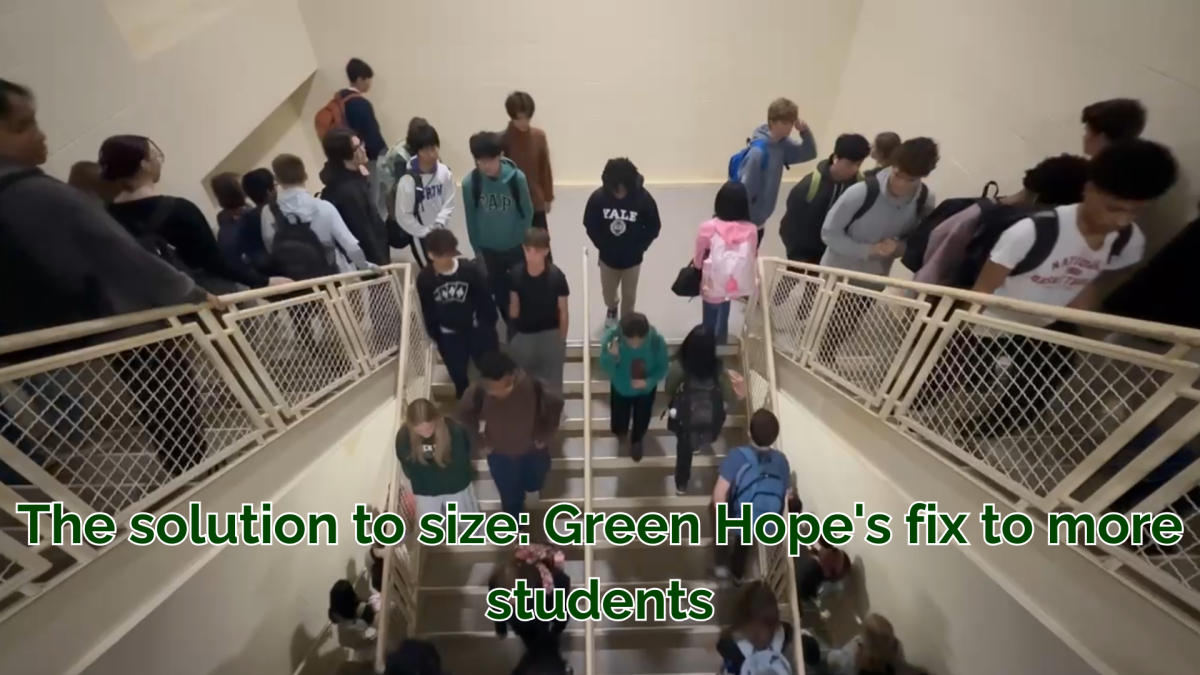On Dec. 8, 2024, the Bashar al-Assad regime fell to rebel forces after a ten-day attack. The regime had stood since July 2000, but failed to last nearly as long as was previously thought. President Assad fled to Moscow amid the fall of the capital city. Now the country is under the rule of Hay’at Tahrir al-Sham (HTS). HTS is led by Abu Mohammed al-Jawlani and designated as a terrorist organization by the United States Office of the Director of National Intelligence. The fall comes in the midst of similar events occurring in the borders of Syria’s neighbors – the spirit that overthrew oppressive governments fostered hope of a similar success for Syrians themselves, catalyzing the protests that would lead to Assad’s fall.
There were many reasons for the overthrow of the Bashar al Assad regime. The primary being dissatisfaction with Assad’s government, which included authoritarian rule and fostered political repression. Guaranteed freedoms that American citizens enjoy – such as the freedom of speech, assembly and press – are limited for Syrian citizens. Assad ruled with few, if any, political checks, which gave him extensive power over the government with little opposition. Another underlying factor was the numerous human rights violations that occurred under the Assad regime. Since 2011, when the Arab Spring protests sparked anger toward the sitting government, Assad responded with violent oppression that both garnered criticism for international organizations and resulted in civilian casualties. The absence of rule of law meant soldiers were permitted to arrest and torture dissenters with few legal consequences.
The income inequality that widened between Syria’s wealthiest and poorest also contributed to building tensions. Some of the regime’s policies allowed for high unemployment rates and lack of welfare benefits crippled the lower and middle classes. At the same time, a small group of elites benefited from the patronage system that allowed for extensive money laundering schemes while detracting from citizens struggling to afford food and housing. The economic tensions also drew ideological boundaries: many protests arose because some believed that the administration favored its own racial and religious group, the Alawite minority, which is a Shia sect.
Nations across the world have affirmed their support for Syria’s recovery. The U.S. Department of State assured the people of Syria that the country will support a new Syrian-led government. “We stand prepared to lend all appropriate support to all of Syria’s diverse communities and constituencies,” said Secretary of State Antony Blinken in a press statement. The United Kingdom House of Commons released a 47-page report detailing the situation and stated that they are undergoing discussions with the HTS, but proceeding with caution. “[The U.S., European Union and U.K.] are in direct contact with HTS to encourage an inclusive transition,” said the report.
Other issues have arisen as Israel reportedly dropped nearly 500 airstrikes across Syrian territory, according to the Syrian Observatory for Human Rights (SOHR). This has placed pressure on the new government, post-Assad, to carefully navigate their new transition of power despite previous affiliations with terrorism.
Despite recent developments, the country has seen conflict for years. Since the civil war has torn the country apart, over 13 million residents have fled the country, and 7 million are internally displaced. The United Nations estimated that the war has resulted in over 306,000 deaths as of 2022.
Following the transition of power, Syria has struggled with substantial damage to its infrastructure due to the bombings from Israel. Recovery is estimated to cost billions to repair and rebuild, as the country adjusts to rule under a new administration.














































































